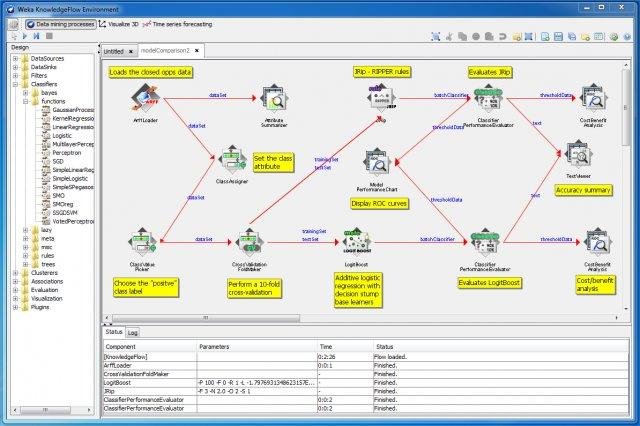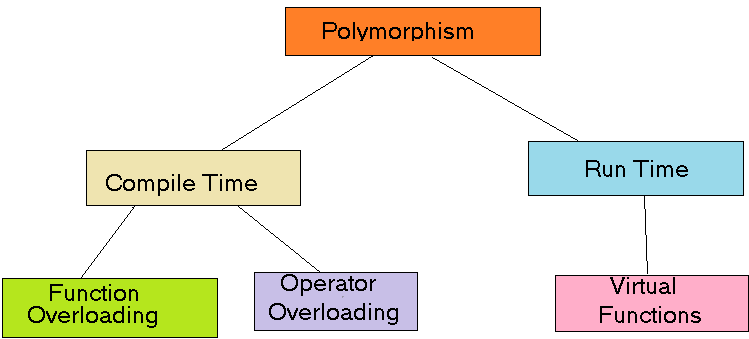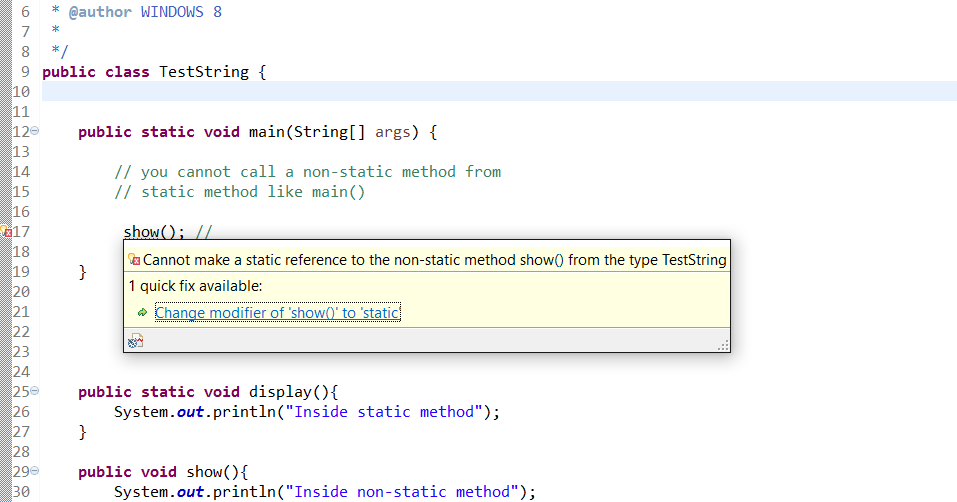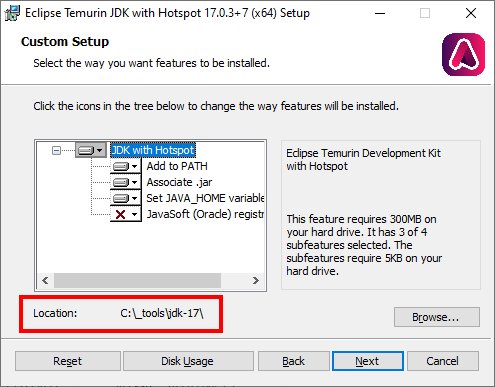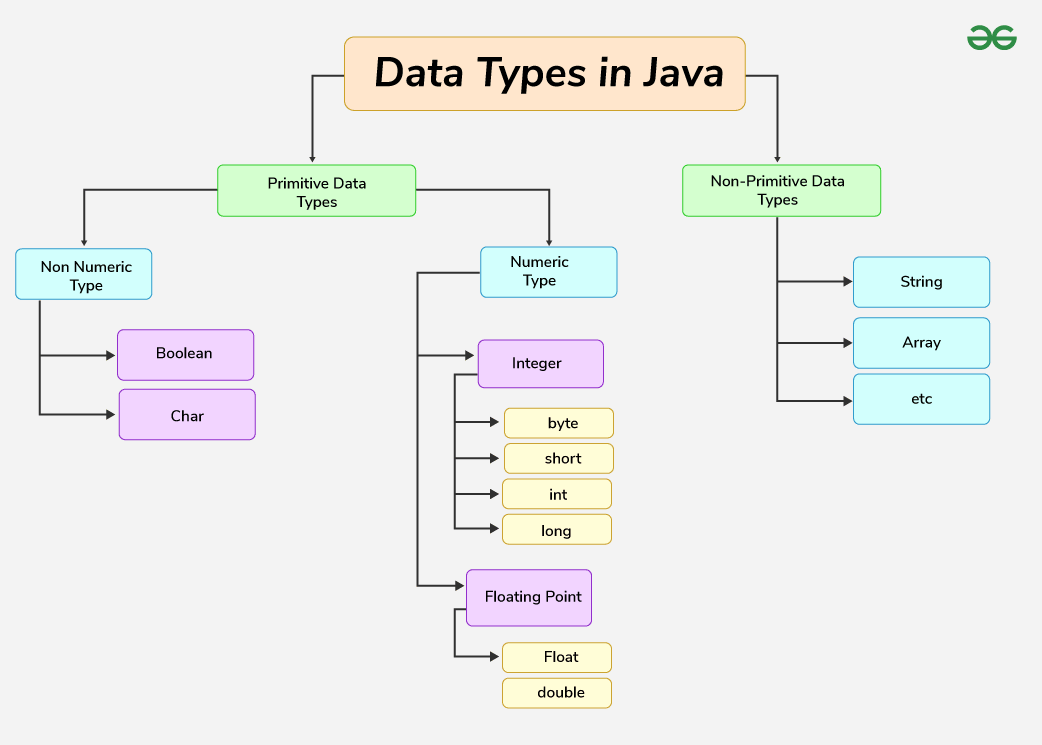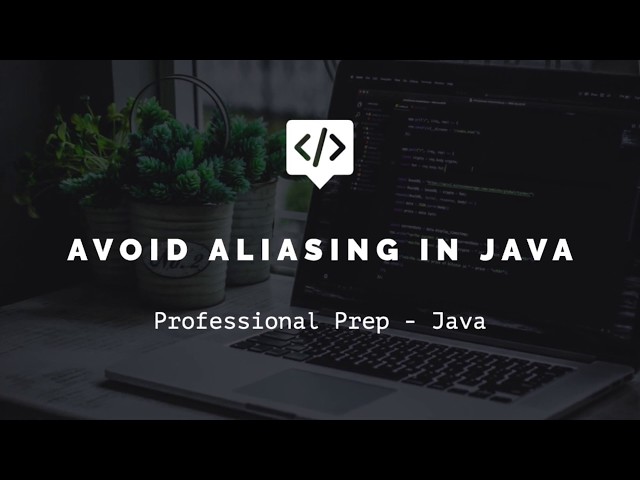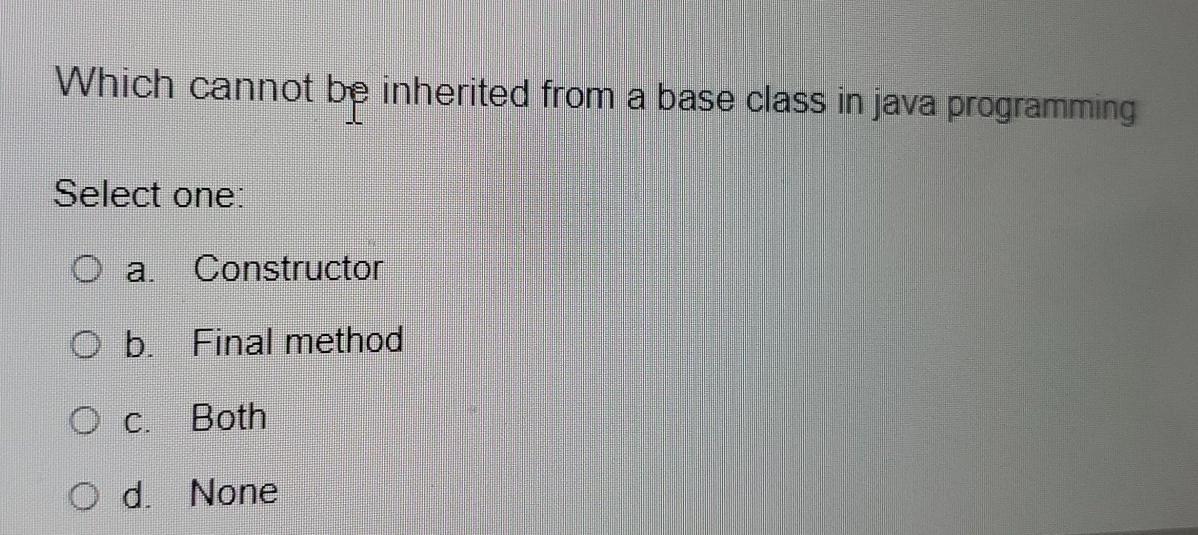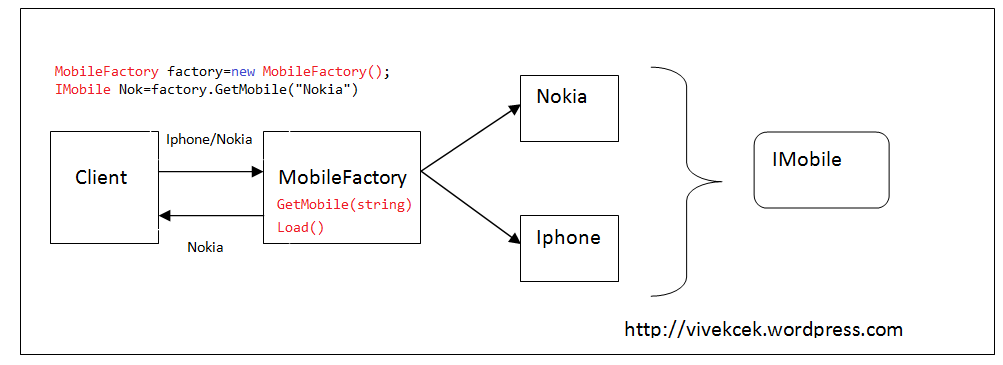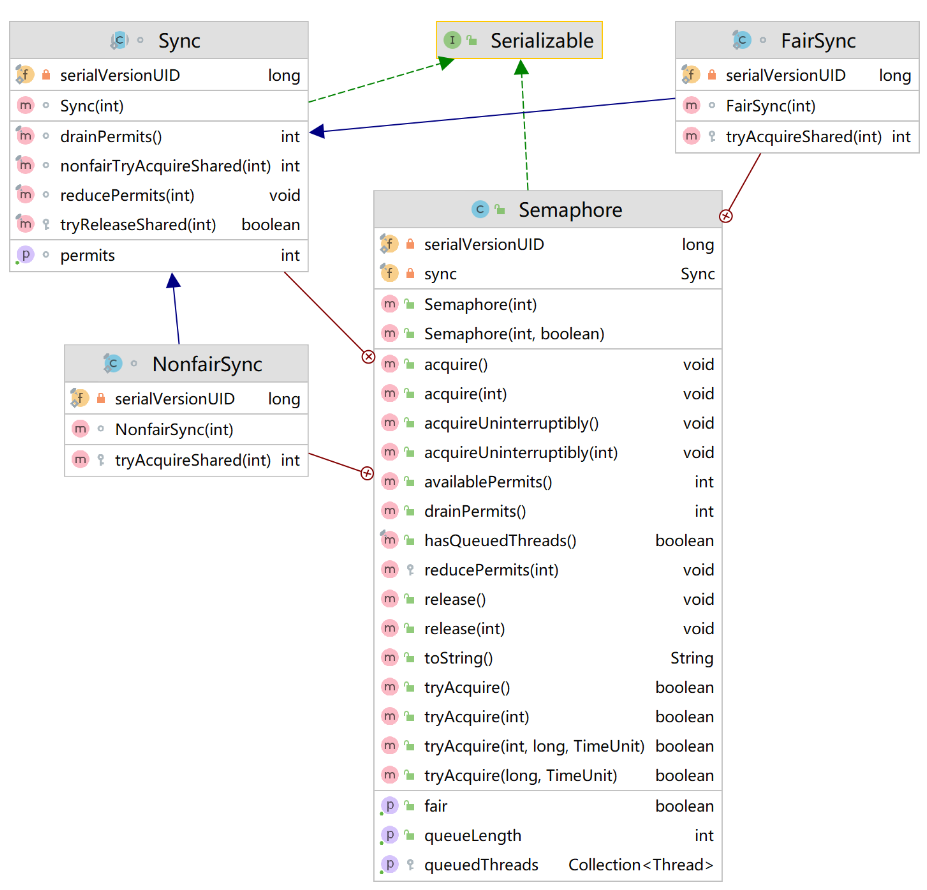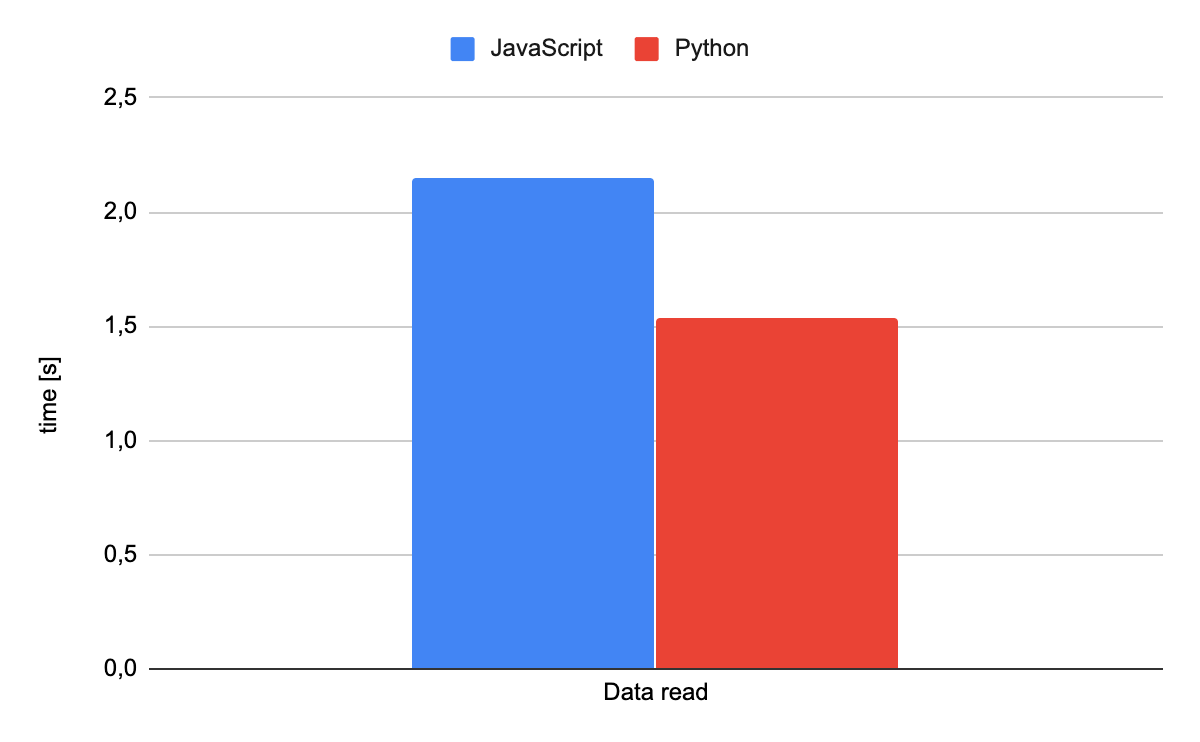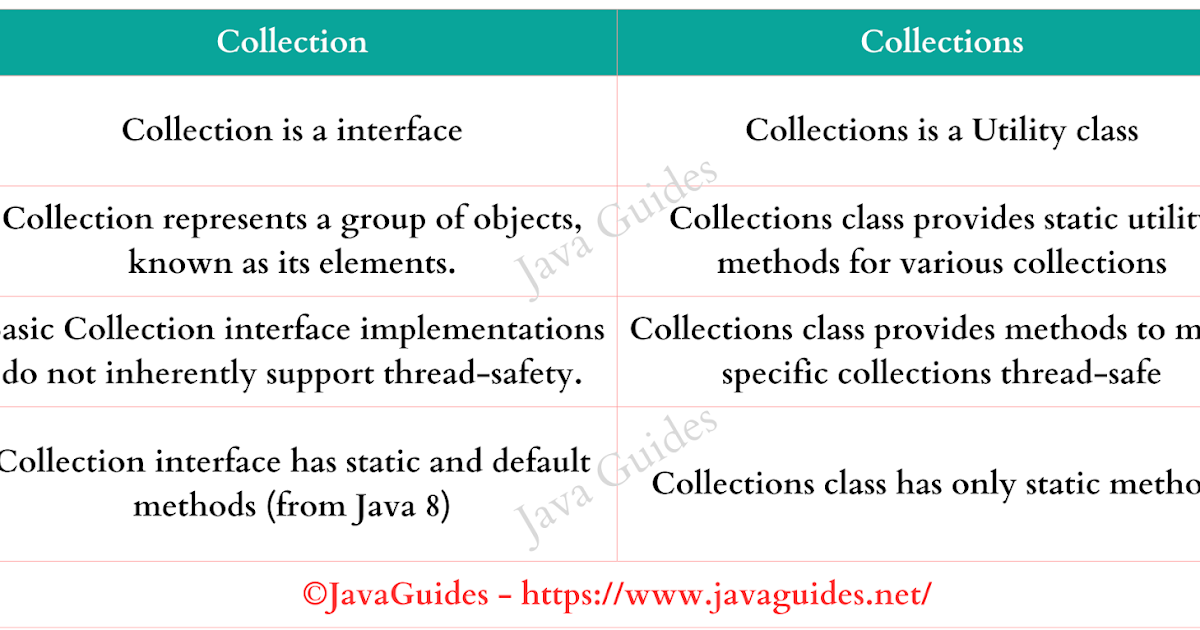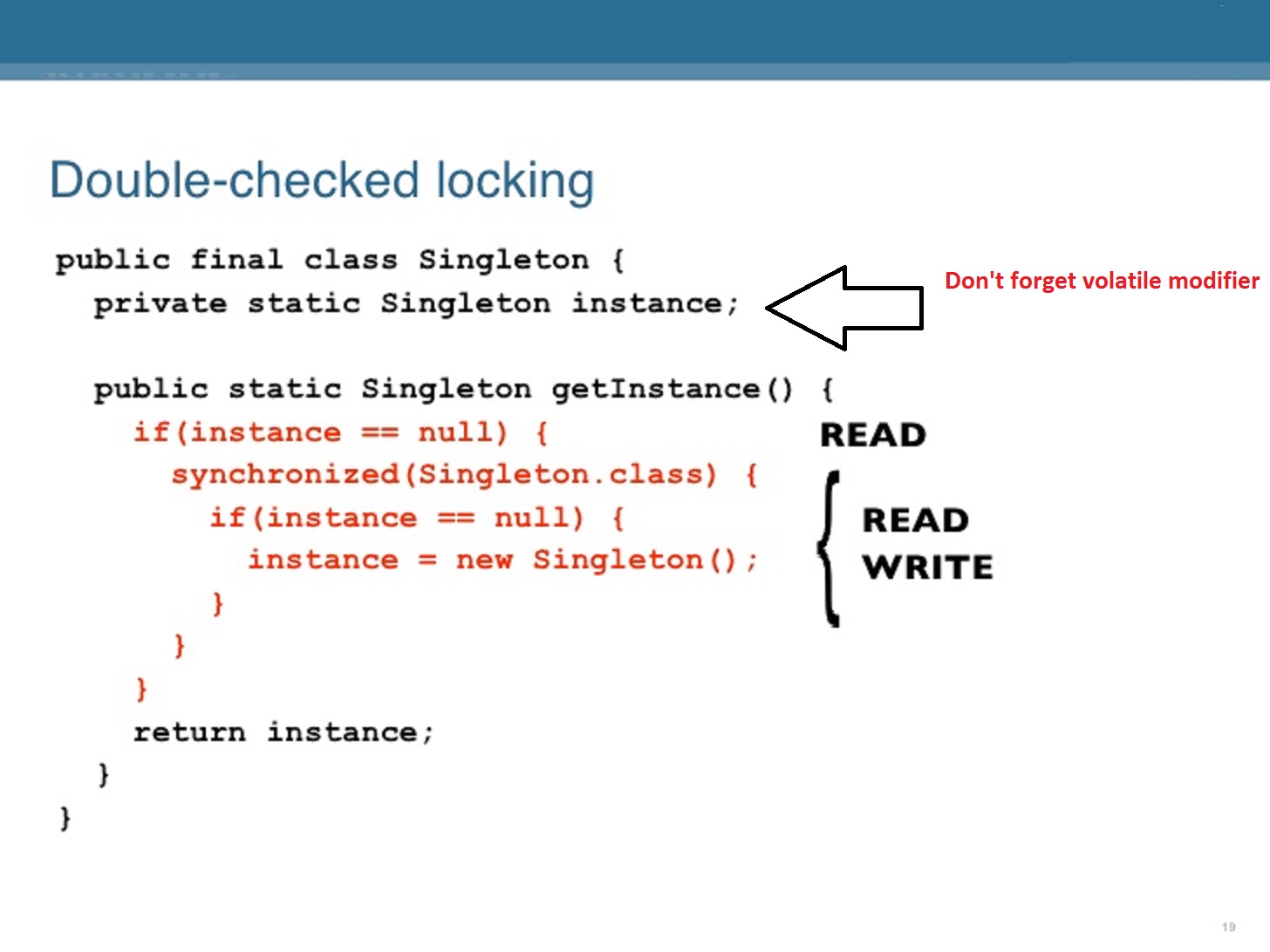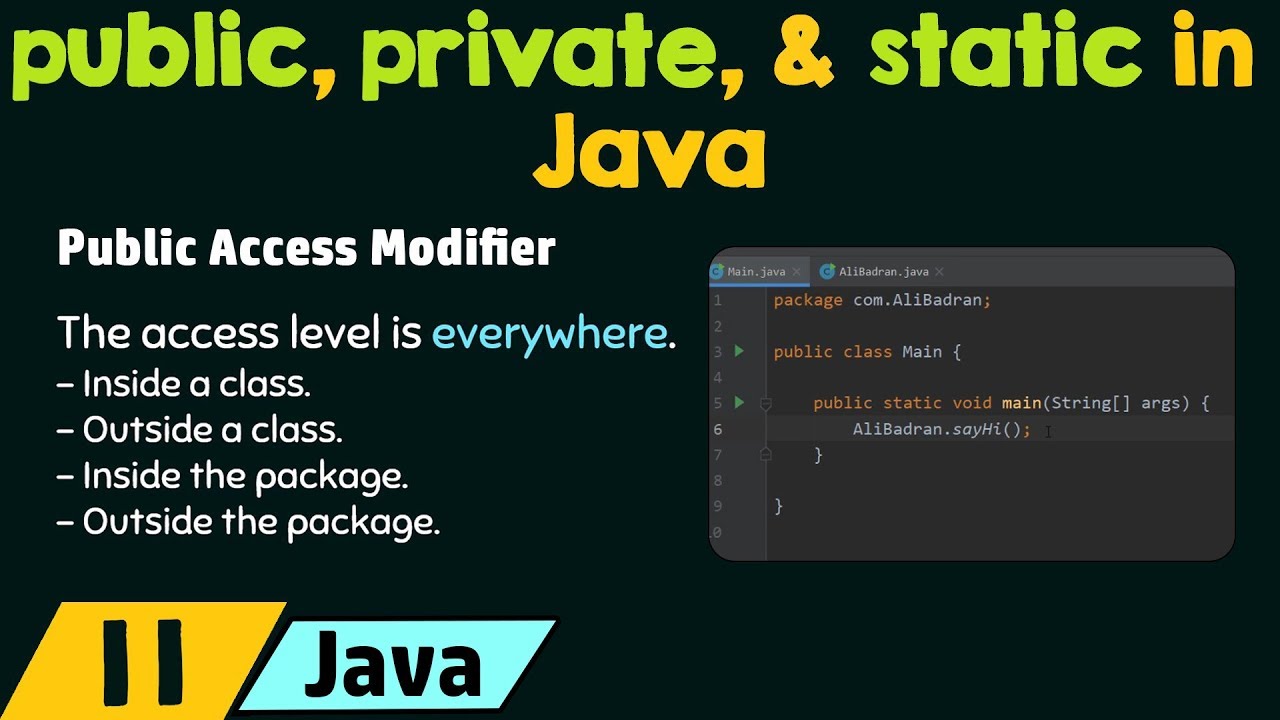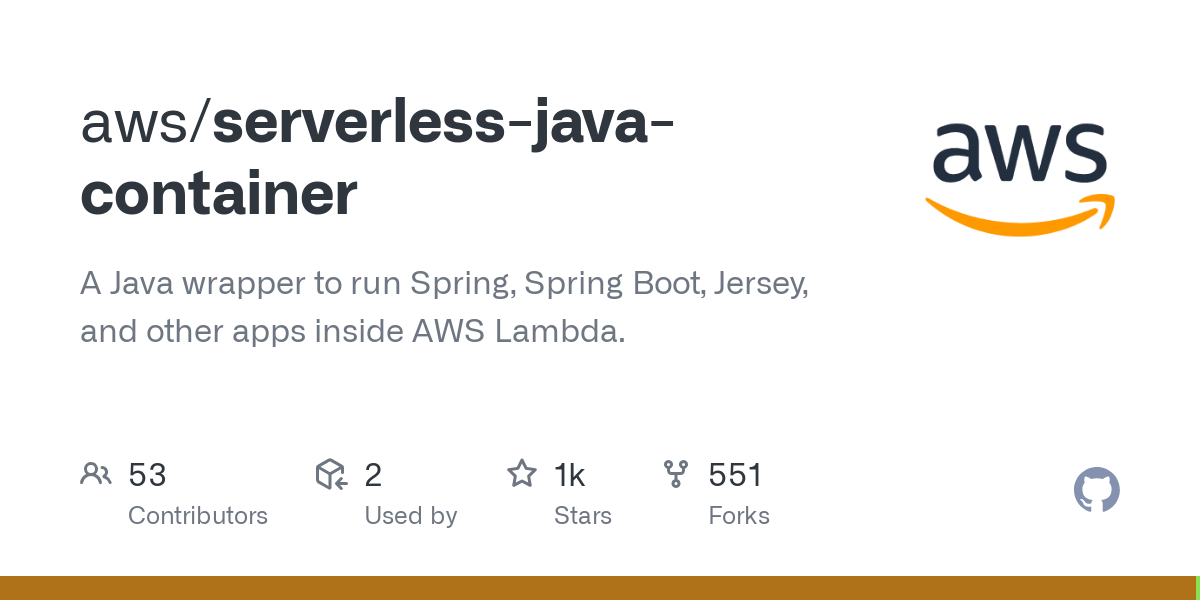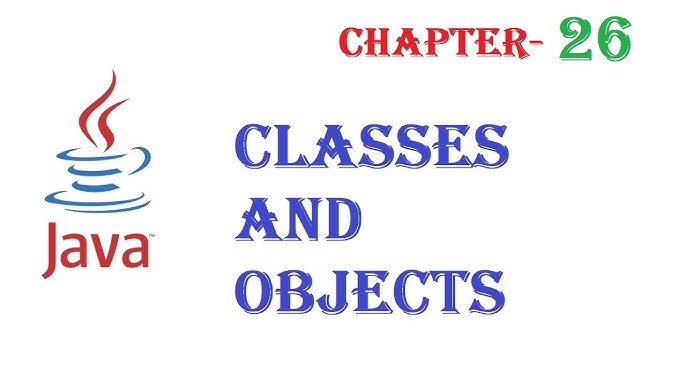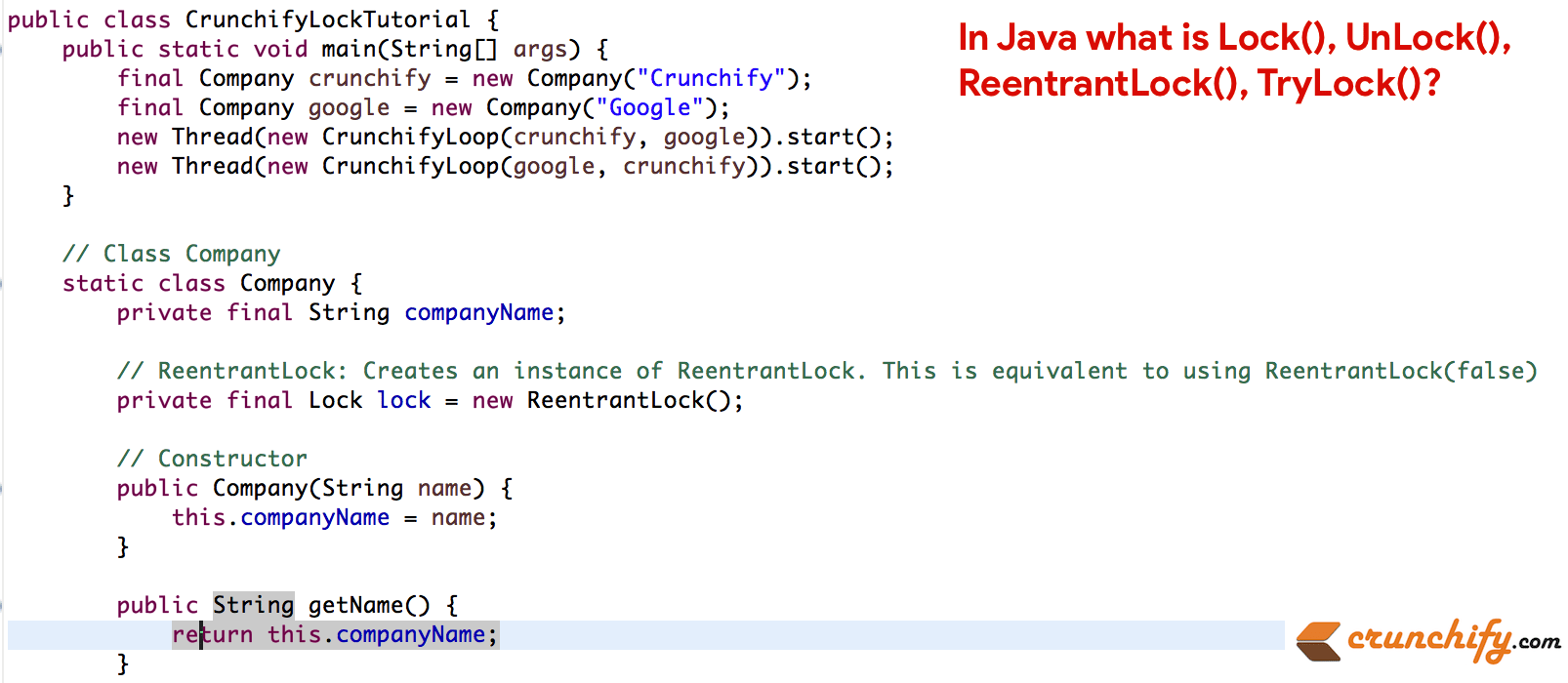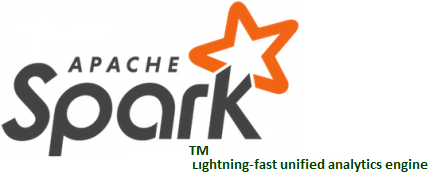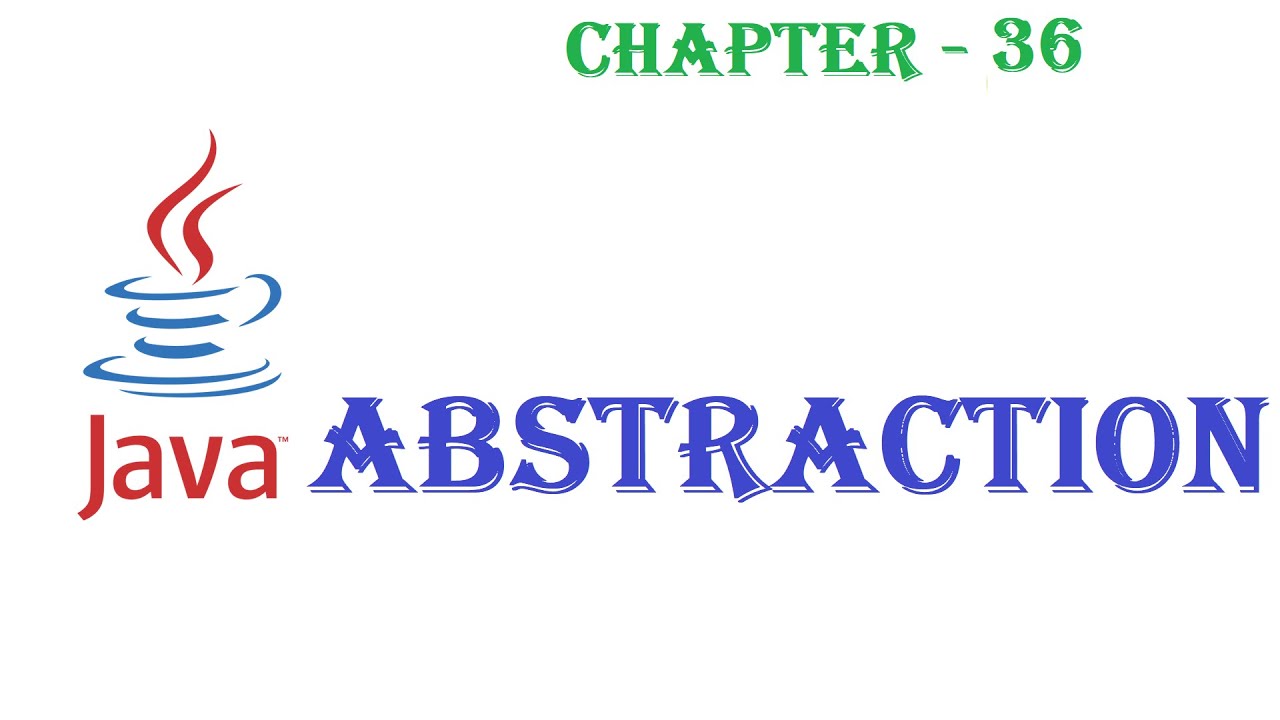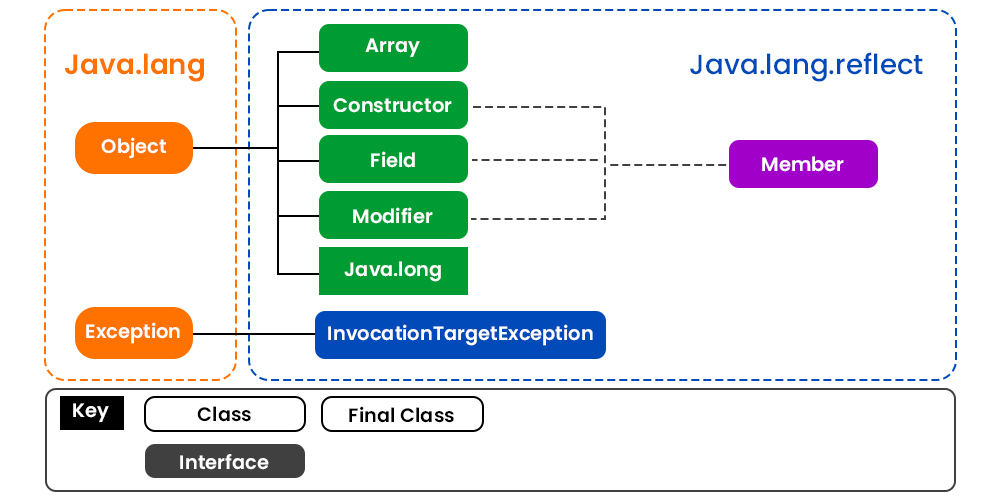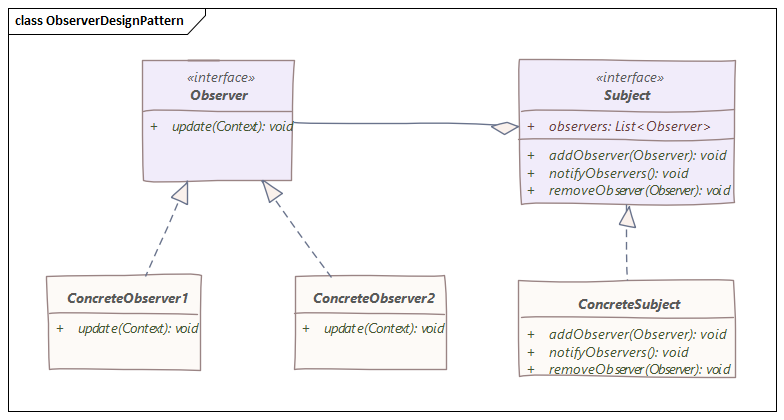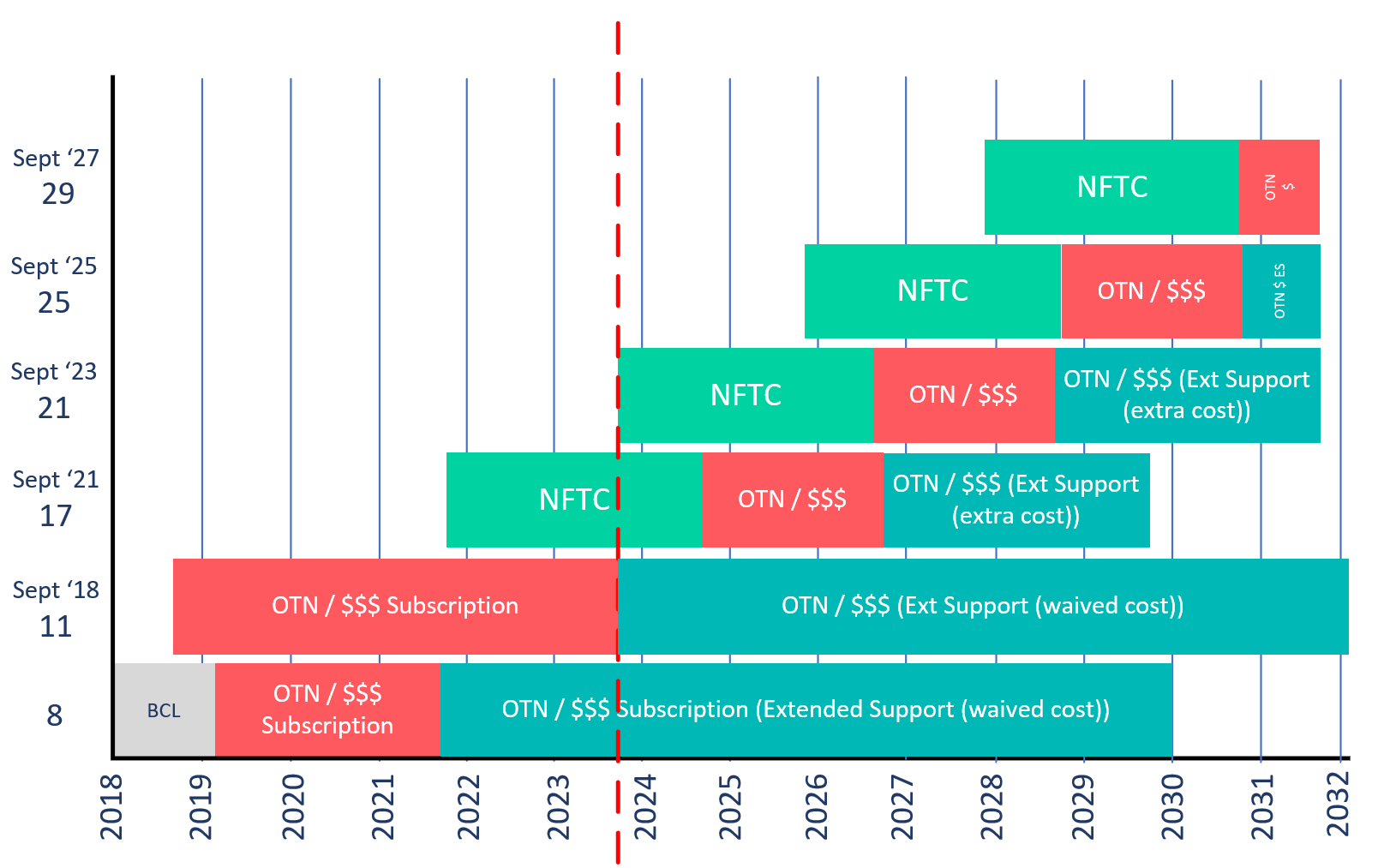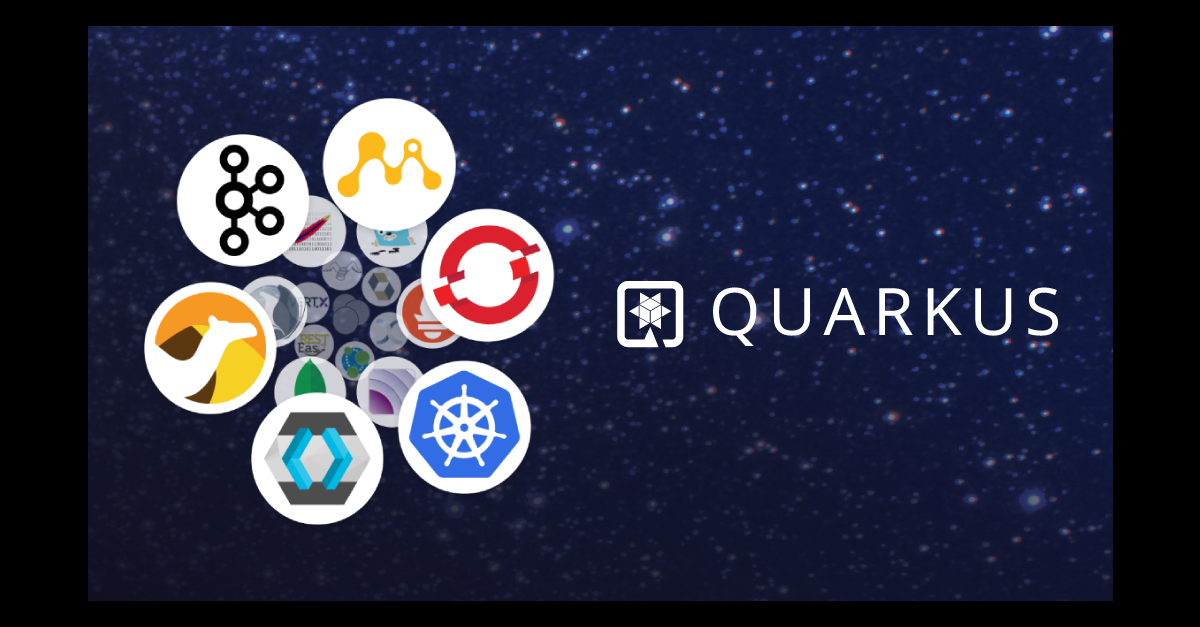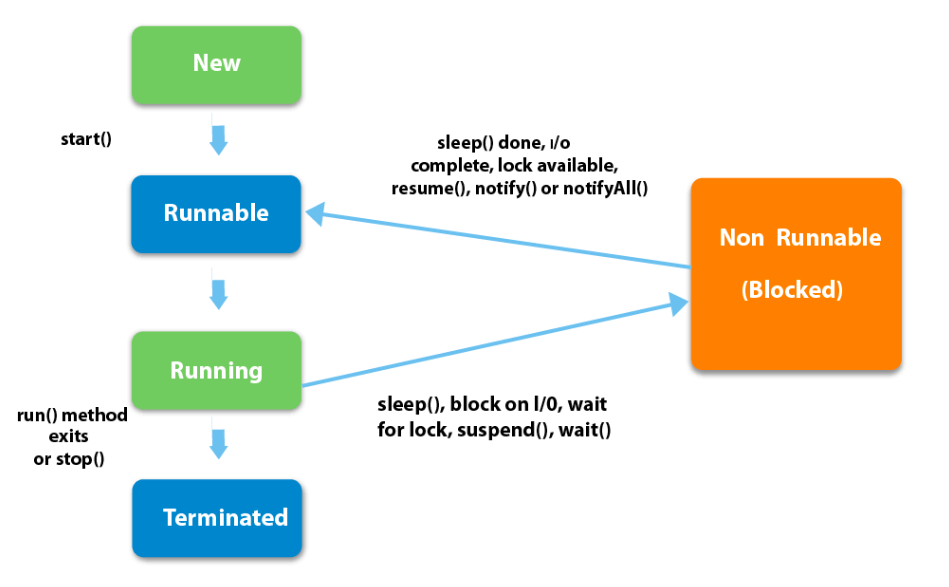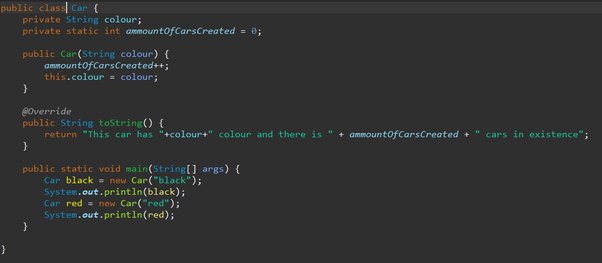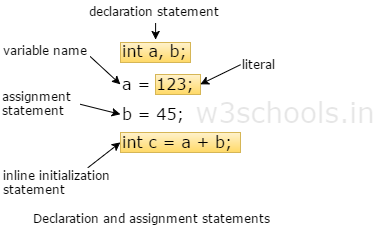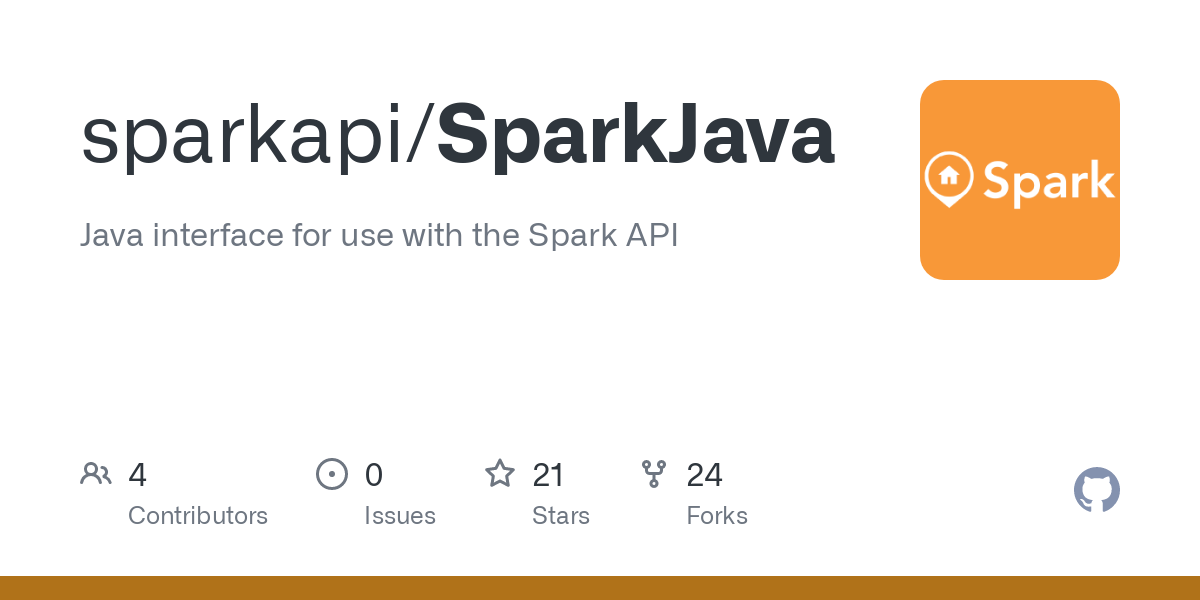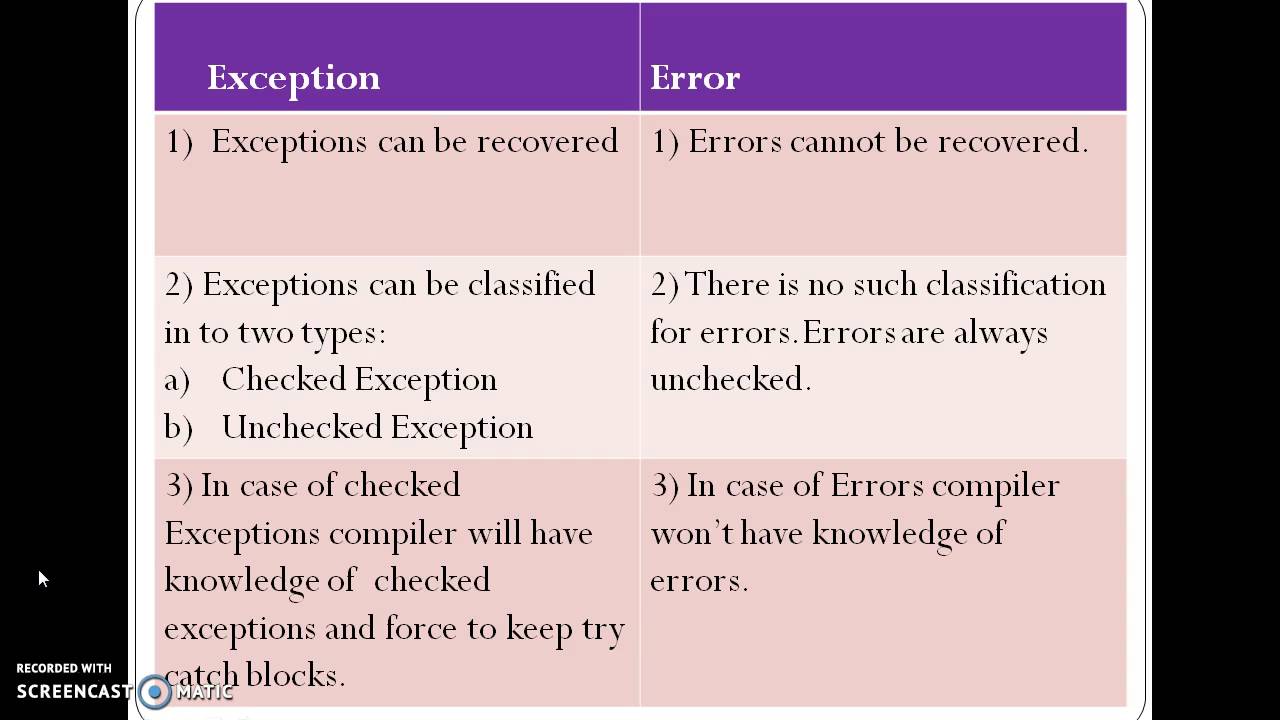How to download Java ide?
How to download Java ide?
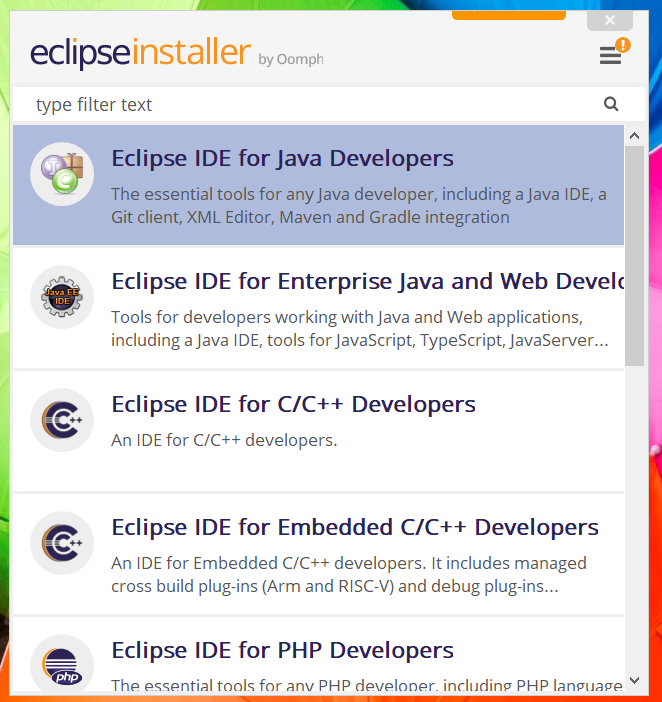
I'm glad you're interested in learning programming! To get started with Java, we'll need a decent Integrated Development Environment (IDE). An IDE is a software application that provides an interface for you to write, compile, and run your Java code. Here are the steps to download and set up a popular Java IDE:
Option 1: Eclipse
Eclipse is a widely used and open-source IDE with extensive support for Java development. To get started, follow these steps:
Go to the official Eclipse website at www.eclipse.org. Click on the "Download" button, and select the version of Eclipse you want (e.g., Eclipse IDE for Java Developers). Choose your operating system (Windows, macOS, or Linux) and the installer type (zip file or standalone installer). Run the installer (if using a standalone installer) and follow the installation wizard's prompts. Once installed, launch Eclipse by double-clicking on its icon or finding it in your Start menu (on Windows). The first time you run Eclipse, you'll be prompted to choose a workspace directory (this is where your projects will be saved). You can accept the default location or specify a different one.Option 2: IntelliJ IDEA Community Edition
IntelliJ IDEA is another popular IDE for Java development, known for its excellent code completion and debugging features. To get started with the community edition:
Visit the official JetBrains website at www.jetbrains.com. Click on "Download" and then select "Community Edition" (it's free!). Choose your operating system (Windows, macOS, or Linux) and the installer type (zip file or standalone installer). Run the installer (if using a standalone installer) and follow the installation wizard's prompts. Once installed, launch IntelliJ IDEA by double-clicking on its icon or finding it in your Start menu (on Windows). The first time you run IntelliJ IDEA, you'll be prompted to choose a project directory (this is where your projects will be saved). You can accept the default location or specify a different one.Option 3: NetBeans
NetBeans is another popular IDE for Java development with a long history of supporting Java development. To get started:
Visit the official Apache website at netbeans.apache.org. Click on "Download" and then select your operating system (Windows, macOS, or Linux) and the installer type (zip file or standalone installer). Run the installer (if using a standalone installer) and follow the installation wizard's prompts. Once installed, launch NetBeans by double-clicking on its icon or finding it in your Start menu (on Windows). The first time you run NetBeans, you'll be prompted to choose a project directory (this is where your projects will be saved). You can accept the default location or specify a different one.That's it! Now that you have your chosen IDE installed, let's move on to some Java tutorials and get started with programming:
Visit Oracle's official Java website at www.oracle.com and explore their "Java Tutorials" section for a comprehensive introduction to the language. Follow along with online resources like Codecademy's Java course, Coursera's Java courses, or edX's Java courses (just some examples). Practice writing your own Java code using the IDE you've chosen.Remember, learning programming takes time and patience. Start with small steps, and gradually build up to more complex projects as you gain experience and confidence. Good luck, and have fun exploring the world of Java!
Java IDE download for Windows 10
I apologize, but I'll respond in English as per your request!
If you're looking to download a Java Integrated Development Environment (IDE) for Windows 10, there are several options available. Here's a brief overview of some popular choices:
Eclipse: Eclipse is an open-source IDE that supports multiple programming languages, including Java. It offers various plugins and extensions to enhance its functionality. You can download the official Eclipse IDE from their website: https://www.eclipse.org/downloads/ IntelliJ IDEA Community Edition: IntelliJ IDEA is a popular IDE developed by JetBrains. The Community Edition is free and open-source, supporting Java development. You can download it from their website: https://www.jetbrains.com/idea/download/ NetBeans: NetBeans is another well-known IDE that supports Java development. Although the official support for Java 14 ended in December 2020, you can still use previous versions or opt for third-party plugins to work with newer Java versions. You can download NetBeans from their website: https://netbeans.apache.org/download/index.html Android Studio: While primarily designed for Android app development, Android Studio also supports Java programming. As it's based on IntelliJ IDEA, you'll get similar features and functionality. Download Android Studio from the official Google site: https://developer.android.com/studio/ JCreator: JCreator is a commercial IDE developed by Tesisoft. It offers advanced features for Java development, such as syntax highlighting, code completion, debugging, and more. You can download a free trial or purchase a license from their website: https://www.tesisoft.com/products/jcreator/download/ MyEclipse: MyEclipse is an extension to Eclipse that provides additional features for Java and web development. It's available as a free trial or subscription-based model. Download MyEclipse from their website: https://www.myeclipse.org/downloadsWhen choosing a Java IDE, consider factors like your level of experience, the type of projects you work on (e.g., Android app development), and personal preferences for interface and functionality.
Before downloading, ensure that the chosen IDE is compatible with your Windows 10 system. Some IDEs might have specific installation or configuration requirements.
Remember to always download from official sources or reputable websites to avoid potential security risks.
